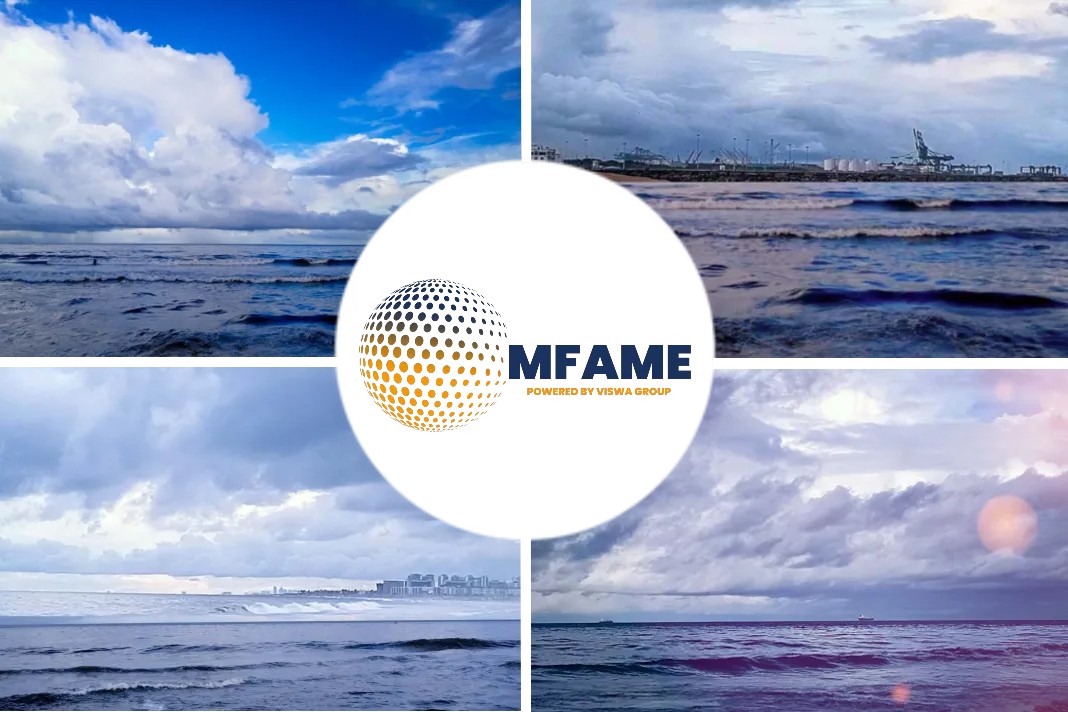Early 2021 witnessed a strong rebound in the regional LNG markets, with Asian spot LNG prices hitting over $30 mmBtu and European hub-based spot prices reaching almost $10 mmBtu, which was impressive compared to the $2 mmBtu experienced in summer of 2020, reports the Peninsula.
Uptick in LNG demand
A dramatic jump in prices was mainly driven by an uptick in LNG demand, amid a colder-than-usual winter season in Asia and Europe, as well as the stagnation of global LNG supply, which was at the same level as in January 2020, said Dr. Aydar Shakirov (pictured), Gas Transportation and Storage Analyst at the Gas Market Analysis Department of the Doha-based GECF Secretariat.
In an expert commentary, Shakirov said skyrocketing LNG charter rates, driven by a shortage of LNG shipping capacity as well as delays at the Panama Canal, also contributed to a surge in LNG prices, with charter rates reaching the record highs of $124,000 per day for the month of January.
The previous record was set in January 2013, with charter rates touching $119,000 a day.
Surge in LNG shipping costs
Surging LNG charter rates, coupled with rising shipping fuels prices, resulted in a sharp increase in LNG shipping costs in January 2021, with the cost of transportation from the US to Japan reaching $3.2 mmBtu and from the US to Europe to $1.5 mmBtu.
A shortage of LNG carriers was driven by various factors, including due to a rise in LNG supply from the US, which requires more LNG carriers, as LNG deliveries from the US to Asia result in longer trips.
In December 2020 and January 2021, US LNG exports tripled compared to July 2020 to reach a record 6 million tonnes (mt), he said.
He added that rising supply from the US put high pressure on LNG shipping through the Panama Canal, which is critical for LNG transportation to Asia.
Panama canal congestion
In January 2021, LNG carrier transit in the waterway reached a record 58 passages, including both laden and ballast voyages. That resulted in delays of the passage of LNG carriers there and reduced the amount of carriers available for spot chartering.
The congestion at the Panama Canal forced various LNG suppliers to refrain from passing through the waterway in favour of bypassing the Cape of Good Hope or sailing via the Suez Canal, which takes far longer and results in higher LNG shipping costs.
After the Canal’s authorities took measures to ease the congestion at the waterway, delays in the passage reduced.
That, coupled with a slowdown in LNG demand, resulted in a decrease in LNG shipping costs, with the average spot charter rate for steam turbine LNG carriers falling to $47,000 per day in February 2021.
Moreover, a slowdown in LNG demand, coupled with a rise in shipping availability, resulted in charter rates falling to $16,000 per day in mid-March 2021.
Possible raise in charter rates
Nevertheless, a shortage of LNG carriers and the congestion at the Panama Canal may recur in the next winter seasons, especially taking into account the rising US supply to Asia, which may raise charter rates and LNG shipping costs.
Because of a drop in gas inventories in Europe and Asia during the current winter season, driven by colder-than usual weather, these two major gas importing regions will have a higher-than-usual demand for gas imports in the upcoming summer season to replenish underground storage in case of Europe and LNG storage in the case of Asia, said Shakirov.
“In this context, we may anticipate the growing supply of LNG in the short term. It will be quite competitive to pipeline gas supply, taking into account that the costs of LNG transportation have been coming back down to baseline, with spot charter rates expected to stabilise in the range of $30,000- 40,000 per day in summer,” he said.
“Given the competitive advantages of GECF Member Countries in LNG supply, including their low-cost of production and geographical proximity to major LNG importing regions, we may expect them to fill the supply-demand gap,” he added.
Did you subscribe to our daily newsletter?
It’s Free! Click here to Subscribe!
Source: The Peninsula


















